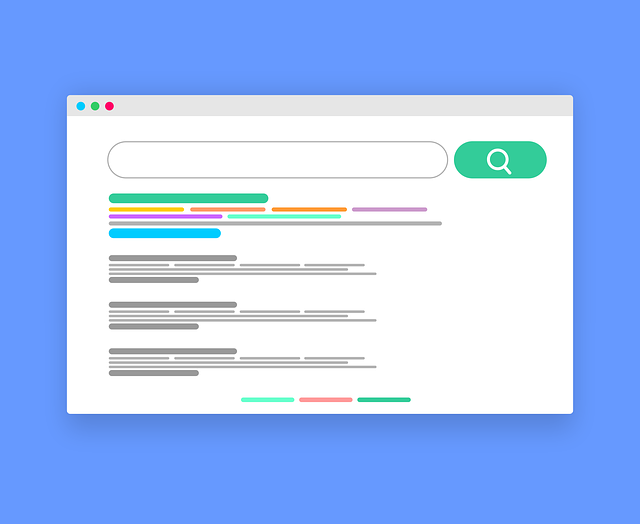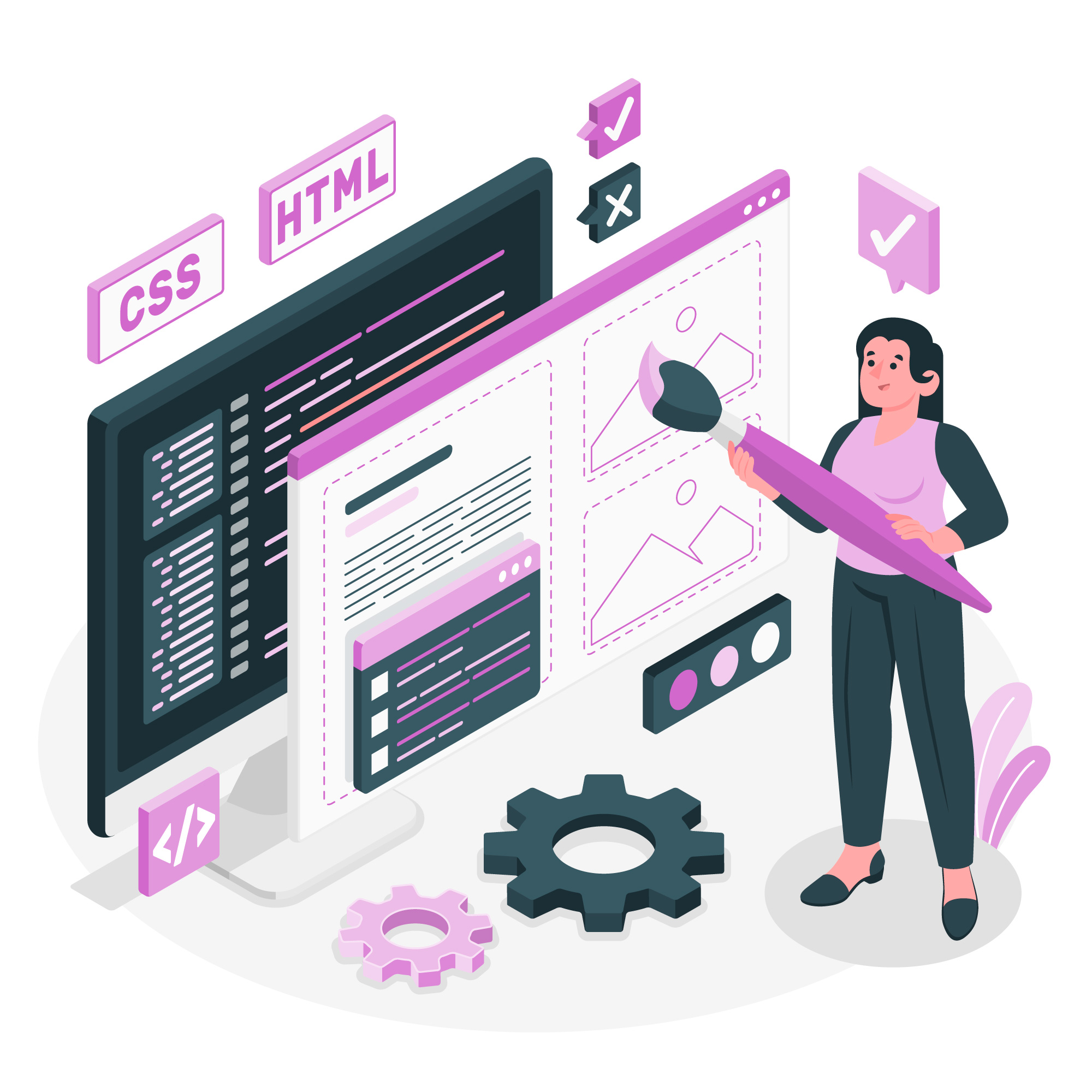Best Educational Website Design Price
Here is a rough estimate of the educational website design price, based on the many elements previously discussed:1. A Simple Educational Website
For a straightforward educational website: Price Range: ₹20,000 to ₹50,000 ($260 to $650) is the cost range.2. Website of a Small Educational Institution
For smaller organizations in need of additional pages and features: Price Range: ₹50,000 to ₹1,00,000 ($650 to $1,300) is the cost range.3. Platform for Online Learning
Regarding extensive e-learning systems featuring numerous courses and user profiles: Price Range: ₹1,00,000 to ₹3,00,000 ($1,300 to $3,900)4. Development of Personalized Educational Websites
For highly personalized websites with distinctive attributes: Price Range: at least ₹1,00,000 to ₹5,00,000 ($1,300 to $6,500).Crucial Elements of Educational Websites
A few essential components should be present on an instructional website in order to make sure it properly serves user demands and stands out in a crowded market:1. Design That Responds
By making the website work well across a range of platforms, including PCs, tablets, and smartphones, a responsive design improves accessibility for all users.2. Easy-to-Use Navigation
Users can find information more quickly with clear navigation. Programs offered, faculty data, admissions information, and contact information should all be categorized in a well-organized menu.3. System for Content Management (CMS)
Administrators may simply manage content without technical expertise with a comprehensive CMS. This holds special significance for educational establishments that require frequent modifications.System of Online Registration
Applying directly through the internet makes the admissions process easier for potential students thanks to an online registration system. 1. Live Chat Support: By offering prompt support to users with inquiries on courses or enrollment, live chat functionality improves user experience. 2. Features for Searching Users may rapidly access relevant information without having to browse through many pages thanks to a sophisticated search feature. 3. Protection Aspects Sensitive information given by users during the registration or payment processes is protected by the use of security measures like SSL certificates.




